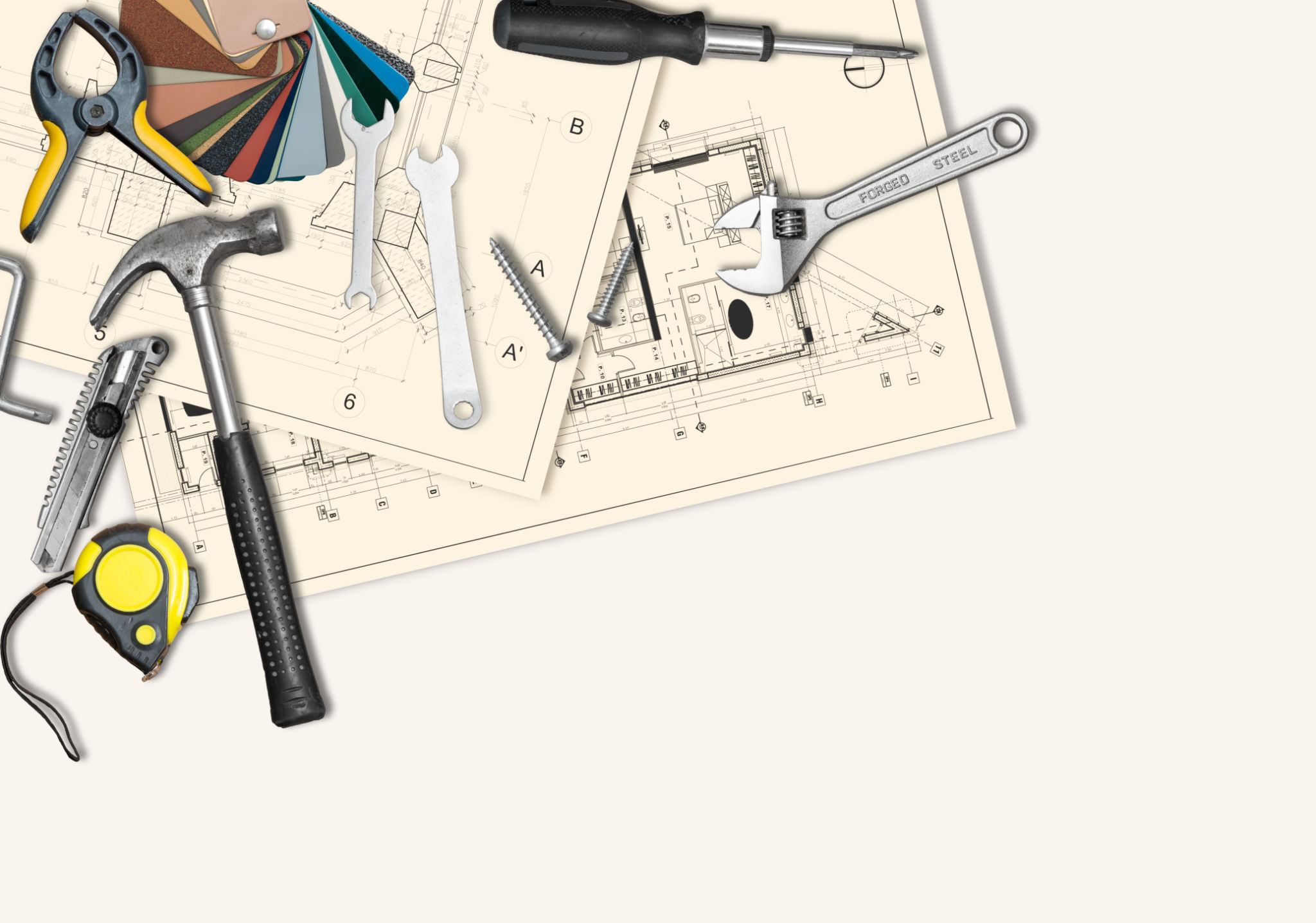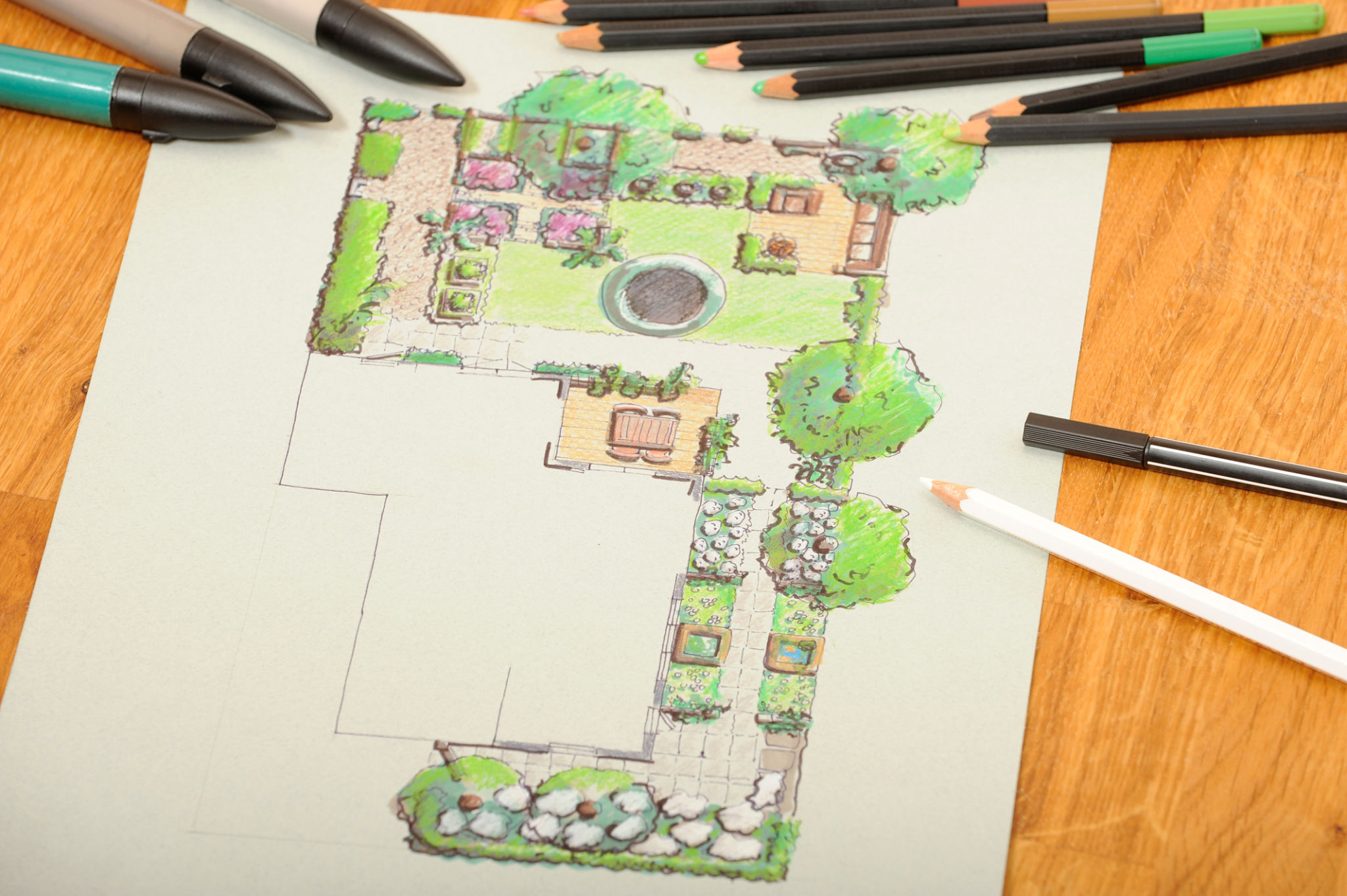DIY Garden Design: Step-by-Step for Beginners
Getting Started with DIY Garden Design
Designing your own garden can be a rewarding project that enhances your outdoor space and provides a personal touch. Whether you have a small patio or a large backyard, creating a garden that reflects your style is within reach. This step-by-step guide will help beginners embark on their DIY garden design journey.

Assess Your Space
The first step in designing your garden is to assess your space. Take note of the size and shape of your garden, as well as the amount of sunlight it receives. Understanding these factors will help you choose the right plants and design elements. Consider the existing features like trees, pathways, and structures, which might influence your design.
Set Your Goals
Before diving into design specifics, think about what you want to achieve with your garden. Are you looking for a tranquil retreat, a space for entertaining, or perhaps a vegetable garden? Defining your goals will guide your choices in layout, plant selection, and features.
Planning Your Design
Once you understand your space and objectives, it's time to start planning. Begin by sketching out a rough layout of your garden. This doesn't need to be a work of art—just a simple plan that helps you visualize the area. Consider pathways, seating areas, and focal points like water features or sculptures.

Selecting Plants
Choosing the right plants is crucial for a successful garden design. Consider factors like climate, soil type, and sunlight when selecting plants. It’s wise to opt for native plants as they are well-suited to local conditions and require less maintenance. Mix different plant types—trees, shrubs, perennials, and annuals—for diverse textures and colors.
- Trees: Provide structure and shade.
- Shrubs: Offer privacy and form.
- Perennials: Provide lasting color year after year.
- Annuals: Add seasonal color and variety.
Incorporate Hardscaping
Hardscaping refers to the non-plant elements in your garden, such as patios, walkways, and retaining walls. These features add functionality and interest to your garden. Use materials like stone, wood, or brick to complement the natural beauty of your plants. Be sure to consider drainage and maintenance when incorporating hardscaping elements.

Implementing Your Design
With your plan in place, it’s time to start bringing your garden design to life. Begin with constructing any hardscaping features like paths or patios. Next, prepare the soil by removing weeds and adding compost or other organic matter to improve fertility.
Planting Your Garden
When planting, follow your design plan carefully. Plant larger trees and shrubs first to establish the structure of your garden. Then, add smaller plants and flowers according to your layout. Be mindful of spacing requirements to ensure each plant has room to grow.
Watering is essential during the initial stages to help plants establish roots. Use mulch around plants to retain moisture and suppress weeds. With patience and care, you’ll see your garden flourish over time.
Maintenance Tips
Regular maintenance is key to keeping your garden healthy and beautiful. Tasks such as pruning, weeding, and feeding are essential for plant health and growth. Pay attention to seasonal changes and adjust your care routine accordingly.

By following these steps, you can create a stunning DIY garden design that reflects your personal style. With dedication and creativity, even beginners can transform their outdoor space into a beautiful sanctuary.